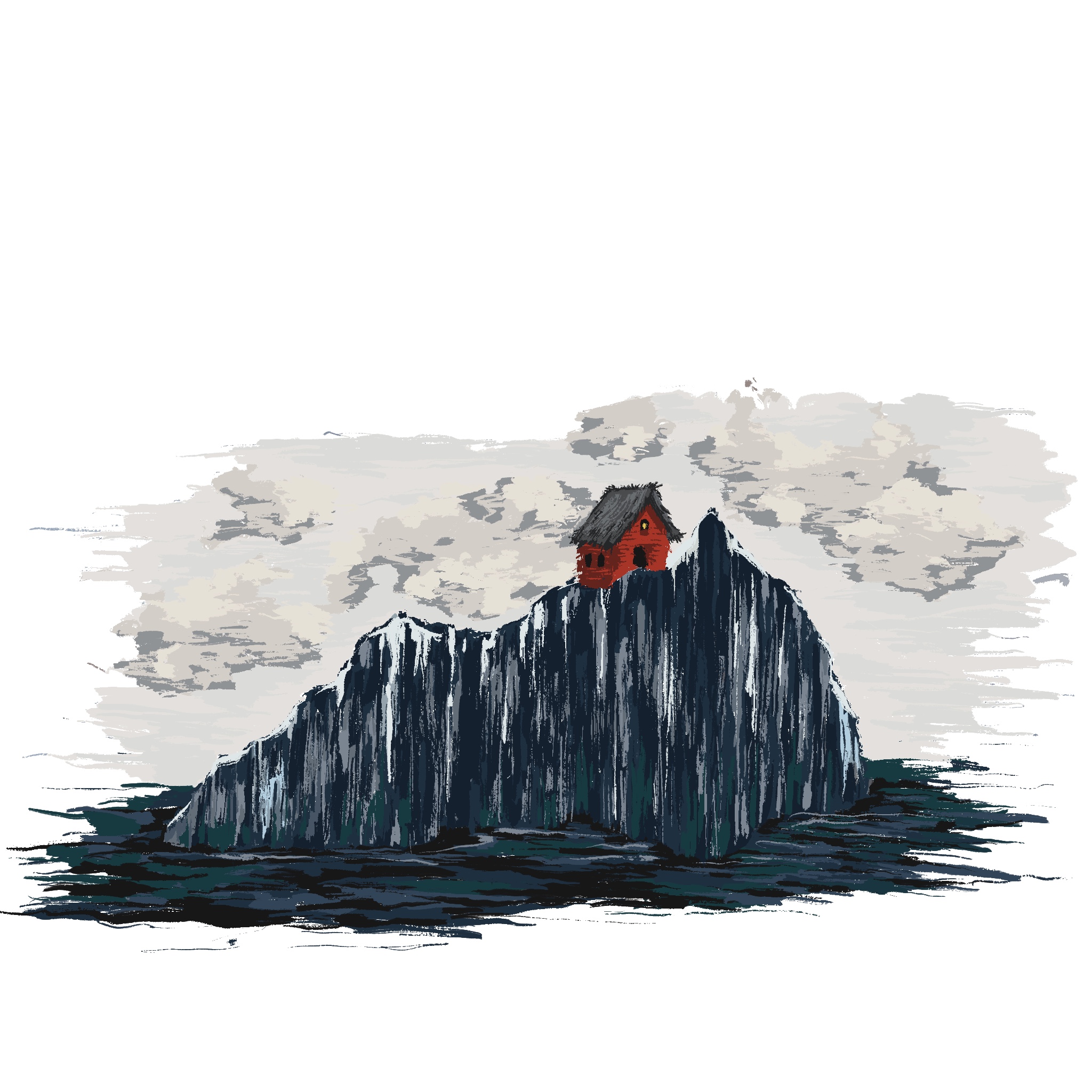Tasiilaq is a sleepy town of 2,017 located on Greenland’s eastern coast. The town is dotted with colorful homes, small businesses, a school, and a hospital, all framed by glaciers and snow-covered mountains. The town is the seventh largest on the island and is one of the only settlements on its eastern seaboard. It is also the title-holder of another startling record: In a nation with the world’s highest suicide rate (24 times times that of the United States), Tasilaaq is Greenland’s suicide capital. In 2016, over 400 per 100,000 of the town’s residents committed suicide. Although in recent years, Greenland’s government has sponsored programs—from suicide hotlines to workshops—to combat the problem, interventions have only been marginally successful. For greater success, the government should center its efforts on the heart of the issue: colonialism’s lasting ramifications on Greenland’s people.
The Inuit are the indigenous people of Greenland. Today, they constitute 89 percent of the nation’s population. They speak three dialects of Kalaallisut, their native language, and have a 4,500-year-long rich tradition of hunting and fishing culture. In 1721, led by missionary Hans Egede, Greenland was conquered by the Danish. The nation was a colony of the Danish Empire for the following two centuries until the nation was promoted to a constituency in 1953. In the post-colonial era, a strong Danish presence is still felt across the nation. It is home to 56,400 people, with 16,000 of them calling the Danish-style capital of Nuuk home. The rest of the nation’s population lives in tiny villages like Tasiilaq spread over the state’s 836,330 square miles. Some villages even claim a population of fewer than 50 people.
In the modern era, the Danish government decided it was too difficult to support so many small villages. Danish pressure to modernize the nation led to visits from civil servants and construction workers, who worked to urbanize the land. At their extreme, these efforts involved the government forcibly shutting down small villages, uprooting longstanding Inuit communities, and forcing those communities to move to big cities such as Nuuk. In 1938, about 70 percent of Greenlanders lived in small communities of fewer than 200 people. By 2018, only 7 percent did.
With this mass migration came a sense of alienation. In the Danish-style big cities, a sense of culture shock prevails. Generations of Greenlanders who called the small, arctic-style villages home were forced to relocate to Nuuk’s newly built tenement homes. In the industrialized cities, Inuit Greenlanders were removed from their hunting lifestyles. Factories installed by the Danish government were the new large employers. In Danish-style schools, children were forced to assimilate. The Danish language and culture permeate the cities. And so, a generation of Inuits was cut off from a five thousand-year heritage. Many Greenlanders have turned to substance abuse in response to this loss of identity. About half of young Greenlanders report having unhealthy addictive behaviors related to alcohol. The immense prevalence of alcoholism led Tasiilaq to ban the sale of alcohol temporarily in 2021. Greenland’s issues with alcohol also contribute to the nation’s widespread domestic abuse and breakdown of familial relationships—all risk factors for suicide. And so, in 1970, suicide began to rise. In the following decade, the national suicide rate had quadrupled to a rate seven times that of the United States.
Today, suicide is still a major issue in Greenland. In 2016, the suicide rate in the nation was 82 persons per 100,000, compared to a global average rate of 16 per 100,000. Towns like Tasiilaq lack psychologists, and although nearly everyone in Greenland knows someone who has died by suicide, the stigma surrounding mental health issues still runs deep.
However, life is changing in Greenland. The government has sponsored initiatives such as “Break the Silence, End the Violence,” which raises awareness about domestic violence, and a suicide hotline, which is open every Monday and Wednesday. The government’s Ministry of Health employs coordinators of suicide prevention for all of the nation’s regions. The coordinators travel to the nation’s small towns, including Tasiilaq, after a particularly troubling wave of suicides in 2016 and run suicide prevention workshops in schools. Even still, suicide has prevailed. A 2018 public health survey in Greenland found that 10 percent of Inuit men ages 18–29 had attempted suicide. The issue? The government’s interventions have only acted as a band-aid. For deep-reaching success, the government should look to the root of the problem: the enduring legacy of Danish colonialism.
Anda Poulsen is the founder of Greenland’s first suicide hotline. He is a family therapist and a member of the generation first displaced from their native villages and forced to assimilate in Nuuk. As an answer to his stress, Poulsen has made an effort to reconnect with his Inuit heritage. He practices traditional Inuit drumming and dancing and prioritizes taking his children back to his ancestral village, Kangeq, every summer.
Poulsen’s approach has merit. Similar to Greenlandic Inuits, Native Americans in the United States frequently report feeling disconnected from their culture. This disconnect has had major mental health ramifications, with native communities reporting the highest rates of suicide in the United States. Studies show that connecting back to indigenous culture, though, can boost happiness, decrease substance use, and decrease risk of suicide in Native American communities. Whether this connection involves using traditional languages, playing traditional sports, taking part in traditional music and dance, or eating traditional foods, maintaining a sense of indigenious identity is key to preventing suicide.
Although suicide prevention is an incredibly complicated issue, prioritizing the reclamation of indigenous identities in Greenland may be a key solution its health department is overlooking. By working to acknowledge and undo the legacies of unwilling urbanization and colonization in the nation, Greenland may be one step closer to effectively decreasing its suicide rates while properly addressing the needs of indigenous communities.
